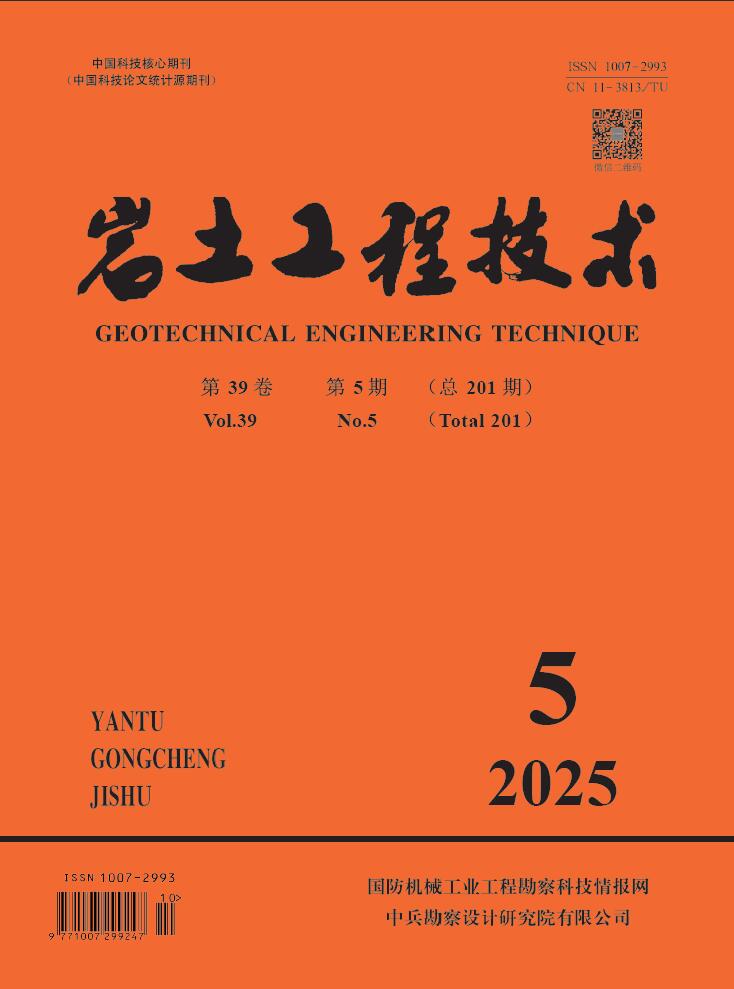2008 Vol. 22, No. 3
Display Method:
2008, 22(3): 109-112,122.
Abstract:
2008, 22(3): 113-118.
Abstract:
2008, 22(3): 119-122.
Abstract:
2008, 22(3): 123-126.
Abstract:
2008, 22(3): 127-130.
Abstract:
2008, 22(3): 131-135,138.
Abstract:
2008, 22(3): 136-138.
Abstract:
2008, 22(3): 139-144.
Abstract:
2008, 22(3): 145-147,151.
Abstract:
2008, 22(3): 148-151.
Abstract:
2008, 22(3): 152-154,159.
Abstract:
2008, 22(3): 155-159.
Abstract:
2008, 22(3): 160-163.
Abstract:



